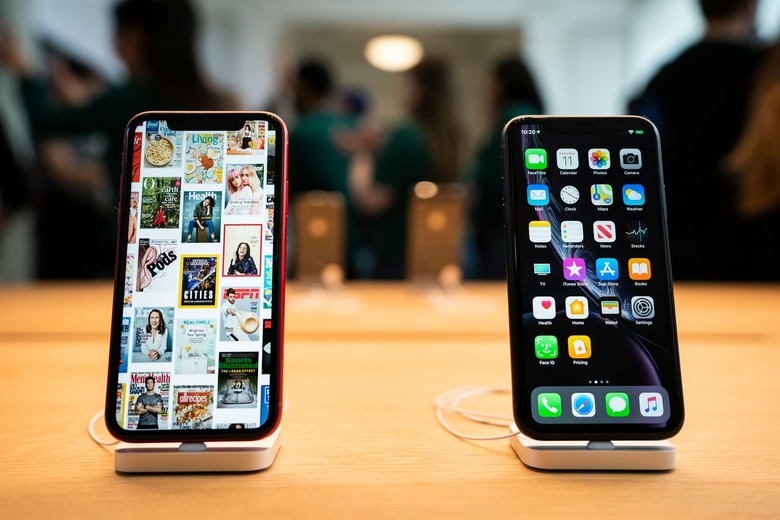After Just One Week, iOS 13 Has Doubled The Adoption Of Google's Year-Old Android 9 Release
According to data gleaned from Mixpanel, iOS 13 user adoption is already off to an impressive start. Just a week after its release, the most recent iteration of Apple's mobile OS is already on 20% of devices. And if history is any indication, that figure could soon rise to 50% in just two more weeks. Last year, for example, iOS 12 adoption reached 53% just three weeks after its release.
Though the initial incarnation of iOS 13 was a bit buggy — which is why iOS 13.1 was released swiftly thereafter — the user adoption figures above highlight Apple's impressive ability to get users on the company's most advanced and up-to-date OS. This, of course, stands in stark contrast to Android where the majority of users are still using relatively outdated OS versions from years ago.
Indeed, for as great as some Android devices are, and for as far along as Android has come, the simple reality is that most Android users still aren't able to enjoy the latest and greatest Android features available.
The chart below, taken from Google's developer dashboard, is quite damning. To be fair, the chart is from May 7, 2019, but even if we account for the four-month gap, the data is far from favorable.

Specifically, only 10.4% of Android users were running Android Pie as of May of this year. Put differently, Android Pie adoption was still stuck at 10.4% a full 8 months after its release. Meanwhile, 28.3% of Android users in May were using Oreo, a mobile OS that was released in 2017. What's more, more than half of all Android devices — at the time Google last updated its developer dashboard — were running a mobile OS that was at least three years old.
Consider this: iOS 13 user adoption now stands at 20%. Per Google's developer dashboard, more than 20% of Android users in May of this year were running an OS that was released in 2014 or earlier.
The pace of Android adoption has certainly improved in recent years, but it's still nowhere close to matching what Apple manages to do with its iOS releases year in and year out.
